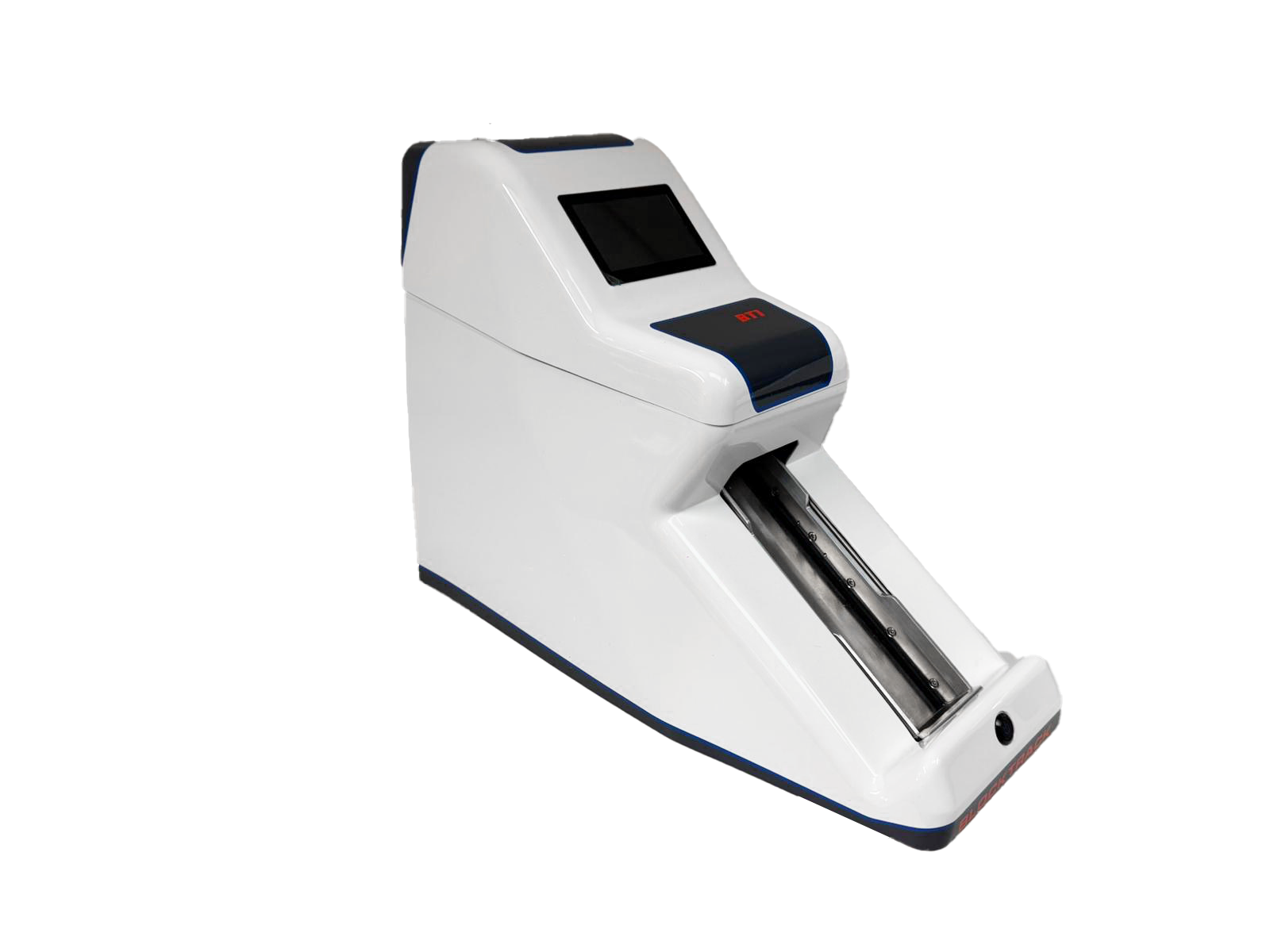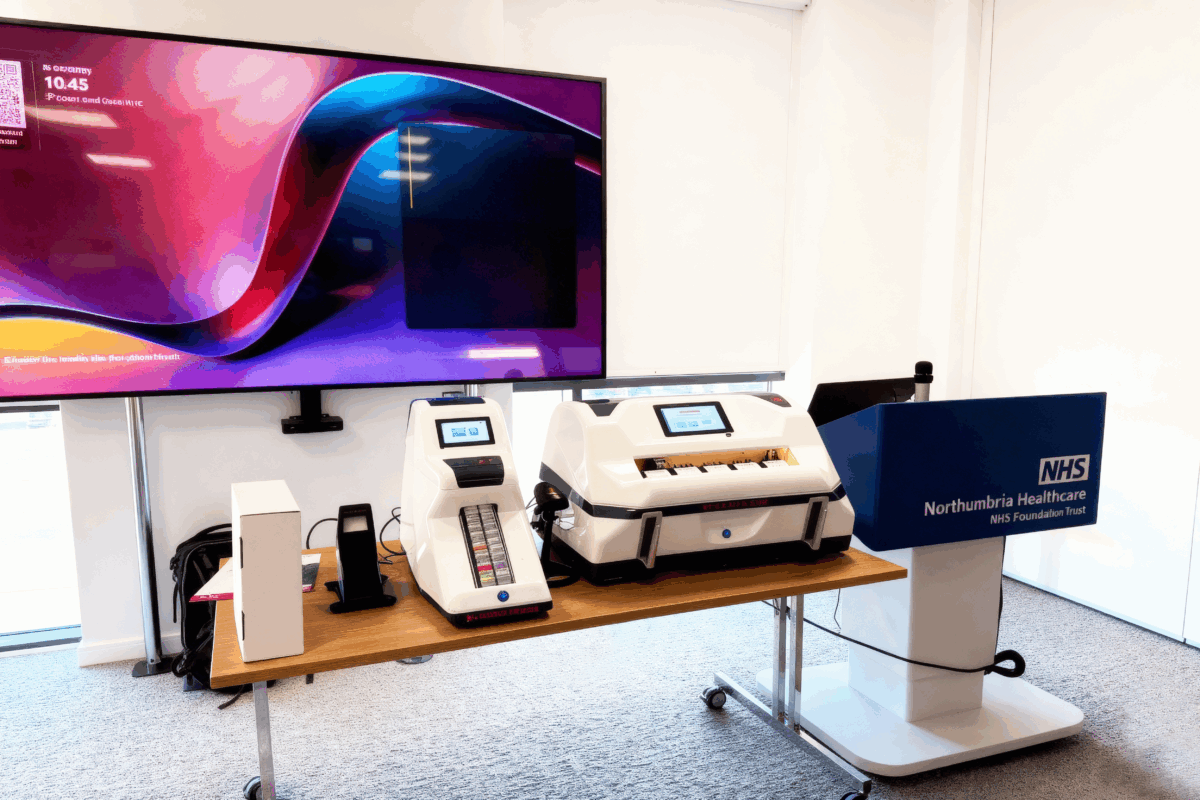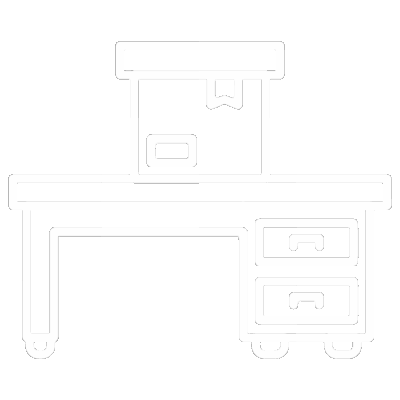Demand for histopathology continues to rise, with specimen and slide volumes increasing year after year. At the same time, workforce shortages—especially among biomedical scientists and histology support staff—are placing additional strain on already stretched services. As a result, labs are under pressure to achieve more with the same, or in some cases fewer, personnel. Automating routine, time-consuming tasks such as filing and retrieving slides is becoming not just beneficial, but essential.
Over the past month, the system has been showcased to laboratory managers and teams across the country, receiving excellent feedback for its compact footprint, intuitive interface, and significant impact on streamlining day-to-day workflows.
During each session, we explored the system’s features, demonstrated its real-world benefits, and discussed the challenges lab staff face in their daily operations. In every case, BlockTrack and SlideTrack proved effective not only in alleviating these pressures but also in providing a stable foundation for future growth and supporting the wider shift toward digital transformation.
How Automation Helps
Automated archiving systems replace manual filing with barcode-driven, high-capacity storage and fast, accurate retrieval. For many labs, this leads to clear and measurable improvements:
1. Major Reductions in Staff Time
Manual filing and retrieval can consume several full-time staff members, especially in busy file rooms. Case studies show that automation can cut staffing needs for filing by more than half. Instead of searching through boxes, staff can request a slide or block and have it retrieved automatically within minutes.
2. Faster, More Reliable Retrieval
With manual systems, finding a single slide can take anywhere from a few minutes to much longer—especially if items have been misfiled. Automated systems reduce retrieval time to under two minutes and dramatically decrease errors by using barcode tracking and organised magazine-based storage.
3. Fewer Lost or Misfiled Items
Lost slides and blocks slow down reporting, create clinical risk, and lead to costly, time-consuming searches. Automation introduces a full digital audit trail so labs maintain confidence in where every item is and when it was last accessed.
4. Better Use of Physical Space
Because automated systems store slides and blocks in well-organised, high-density formats, they can shrink the footprint needed for storage. This frees space for other essential lab activities and reduces clutter and manual handling.
5. Improved Turnaround Times
When retrieval is quick and reliable, cases that require additional slides or blocks can move through the workflow more smoothly. This supports faster reporting and helps labs meet turnaround targets even as demand grows.
6. Strong, Clear ROI
The return on investment from automated archiving typically comes from:
-
Reduced staffing requirements
-
Fewer errors and lost items
-
Less overtime or backlog-clearing work
-
More efficient use of space
Many labs can model payback in a relatively short timeframe by combining these factors.
Supporting Digital Transformation
Even as digital pathology expands, physical slides and blocks must still be stored, retrieved, and archived safely. Automation complements digital workflows, ensuring the physical side of the process keeps pace with the digital one.
The Solution
Automated block and slide archiving is no longer a “nice to have”—it’s becoming a practical necessity for UK pathology labs facing rising demand and tightening resources. Solutions like BlockTrack and SlideTrack help labs work more efficiently, reduce errors, improve compliance, and free valuable staff time. As pressures grow, automation offers a clear path to a more resilient, modern pathology service.

BlockTrack
BlockTrack is a benchtop device that facilitates the quick and easy filing of pathology blocks into long term storage containers. Once a storage magazine is full, it is placed into traditional cardboard storage boxes that can be stored in existing storage infrastructure.
As each box is filled to capacity, most labs see a 25-30% increase in storage density when compared to manual filing methods. BlockTrack is able to process 1,500 blocks per hour.

SlideTrack
SlideTrack is a benchtop system that automates the sorting and archiving of pathology slides. An operator can load up to two hundred slides at a time then walk away, allowing SlideTrack to process independently.
Each slide is scanned for barcodes, key characters, unique identifiers or even colours. This information is used to sort, divert or archive slides into long term storage magazines.
The location of each slide is stored as a part of a larger database so that individual slides or entire cases can be reliably located and retrieved. Once a storage magazine is full, it can be placed into traditional long term storage boxes/infrastructure.




